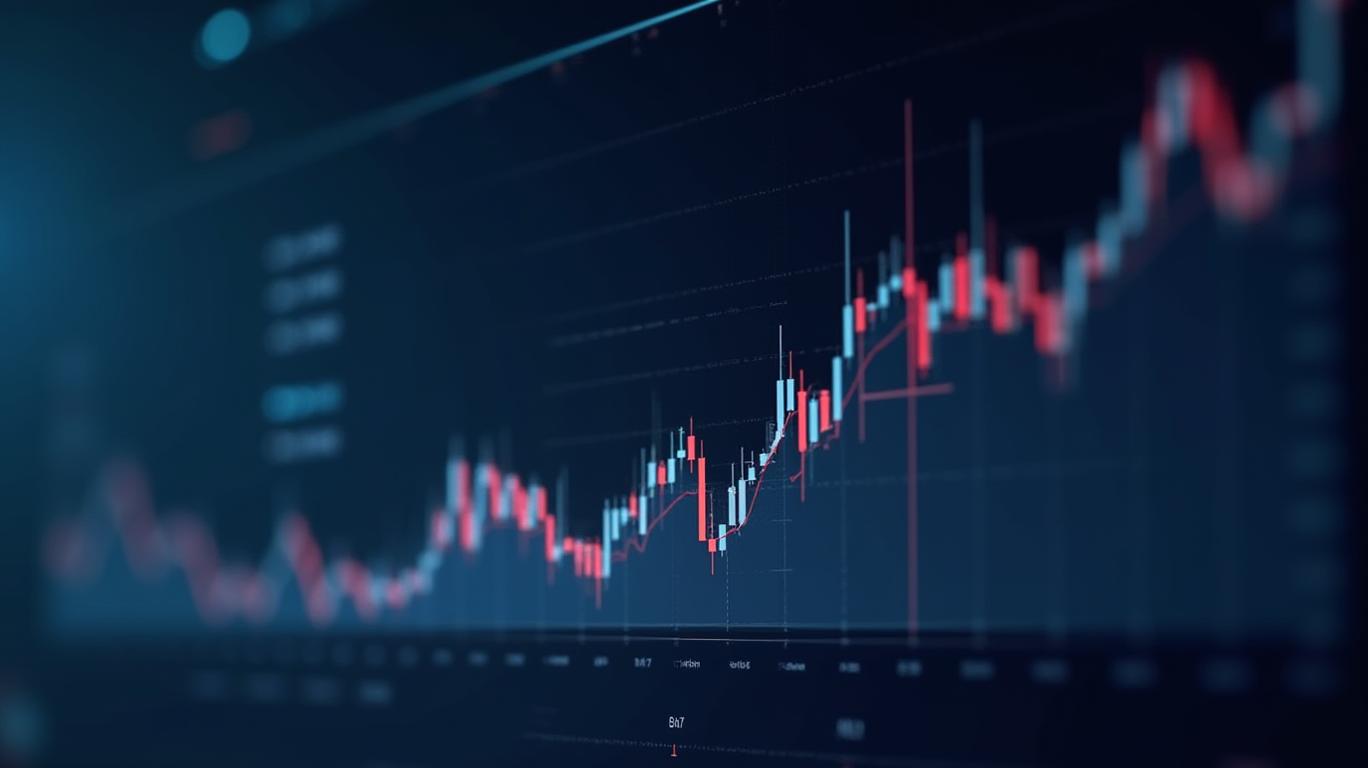DAX Flash: Small Gains Again – Tiptoeing Toward Record Highs
The DAX index (^GDAXI) has edged closer to record territory in early 2025, with small but consistent gains fueling optimism. As of April 29, the German benchmark closed at 22,377.17 points, within striking distance of its March all-time high of 23,578.40 points. Yet beneath the surface lies a fragile equilibrium: corporate resilience, geopolitical tensions, and central bank caution are all shaping this tentative rally.

The DAX’s Recent Journey: A Tapestry of Strength and Fragility
The index has risen 12.89% year-to-date (YTD), buoyed by a mix of domestic and global tailwinds. Corporate earnings have been a critical driver: Adidas surged 3.1% after reporting a 155% jump in Q1 profit, while Deutsche Bank climbed on stronger-than-expected results. However, sector disparities are stark. Luxury stocks like Kering (parent of Gucci) plummeted 6.3% after Q1 sales fell 14%, and Porsche AG dropped 7.6% on weak guidance, underscoring the uneven recovery.
The reveals its outperformance: the DAX’s 12.89% YTD gain contrasts with the S&P 500’s flat trajectory and the Nikkei’s 5% decline. This divergence reflects Germany’s reliance on fiscal stimulus and export resilience, even as global trade tensions loom.
Key Drivers of the Rally
1. Domestic Sentiment and Fiscal Stimulus
German consumer morale hit an 8-month high in April, offering a reprieve for sectors like retail and automotive. Meanwhile, Friedrich Merz’s government bypassed fiscal rules to approve a €500 billion infrastructure fund, injecting optimism into construction and tech stocks. Siemens Energy and Rheinmetall (up 100% YTD) have benefited from defense and green energy spending, reshaping the DAX’s sector composition.
2. Global Policy Shifts and Trade Volatility
U.S. inflation data and Trump’s auto-tariff reforms have bolstered investor risk appetite. However, the 25% tariff on EU automotive exports—effective April 2025—threatens German automakers. Volkswagen and BMW face margin pressures, while Deutsche Telekom and SAP (now the DAX’s largest constituent) thrive as digitalization accelerates.
3. ECB’s Tightrope Act
ECB member Robert Holzmann has emphasized the need to delay rate cuts until tariff uncertainties subside. Markets had priced in a 25-basis-point cut by June 2025, but Holzmann’s caution highlights the central bank’s dilemma: balancing inflation risks with geopolitical headwinds.
Sector Spotlight: Winners and Losers
- Winners:
- Adidas: 17% sales growth in Q1, fueled by brand strength and competitor missteps.
- Unilever: 3% sales growth via premium product demand, despite tariff pressures.
SAP: Dominates the DAX, with its cloud software solutions gaining traction amid digitalization.
Losers:
- Kering: Gucci’s 25% revenue slump reflects broader luxury sector weakness.
- Dassault Systèmes: 7% share drop after Q1 revenue missed estimates by €22 million.
- Delivery Hero: Asia-Pacific underperformance dragged shares despite 5% sales growth.
Risks on the Horizon
- Trade Wars Escalate: The EU’s threat to impose 20% tariffs on U.S. goods could ignite a retaliatory spiral, hitting German exporters.
- ECB Policy Missteps: Delayed rate cuts might stoke inflation, while premature easing could weaken the euro further.
- Corporate Earnings Slump: Mixed Q1 results from Porsche, Brenntag, and Rheinmetall hint at sector-specific vulnerabilities.
Technical Outlook and Investor Strategy
The DAX’s RSI (14) currently sits at 65, signaling overbought conditions. A break above 23,500 would confirm a new all-time high, but resistance looms. Analysts project the index to trade at 21,775 by Q3 2025 and 20,432 by mid-2026, reflecting cautious expectations.
Conclusion: A Delicate Dance Toward Records
The DAX’s ascent toward record highs in 2025 is a testament to corporate resilience and fiscal stimulus, yet it dances on a knife’s edge. With 60% of investors now neutral on German equities (vs. underweight in 2024), the index’s trajectory hinges on resolving trade disputes, ECB policy clarity, and sector-specific earnings.
For now, the DAX’s 12.89% YTD gain and outperformance of global peers suggest investors are betting on Germany’s structural reforms and value orientation. However, with €800 billion in EU defense spending and Adidas’s 155% profit leap as tailwinds—and Kering’s 14% sales slump as a caution—the path to 23,578 points remains fraught with geopolitical pitfalls.
Investors should monitor tariff negotiations, ECB meetings, and Q2 earnings closely. For those willing to navigate this volatility, the DAX’s blend of cyclical strength and value orientation offers compelling opportunities—if risks can be managed.
Data as of April 29, 2025. Past performance does not guarantee future results.

Comments
No comments yet